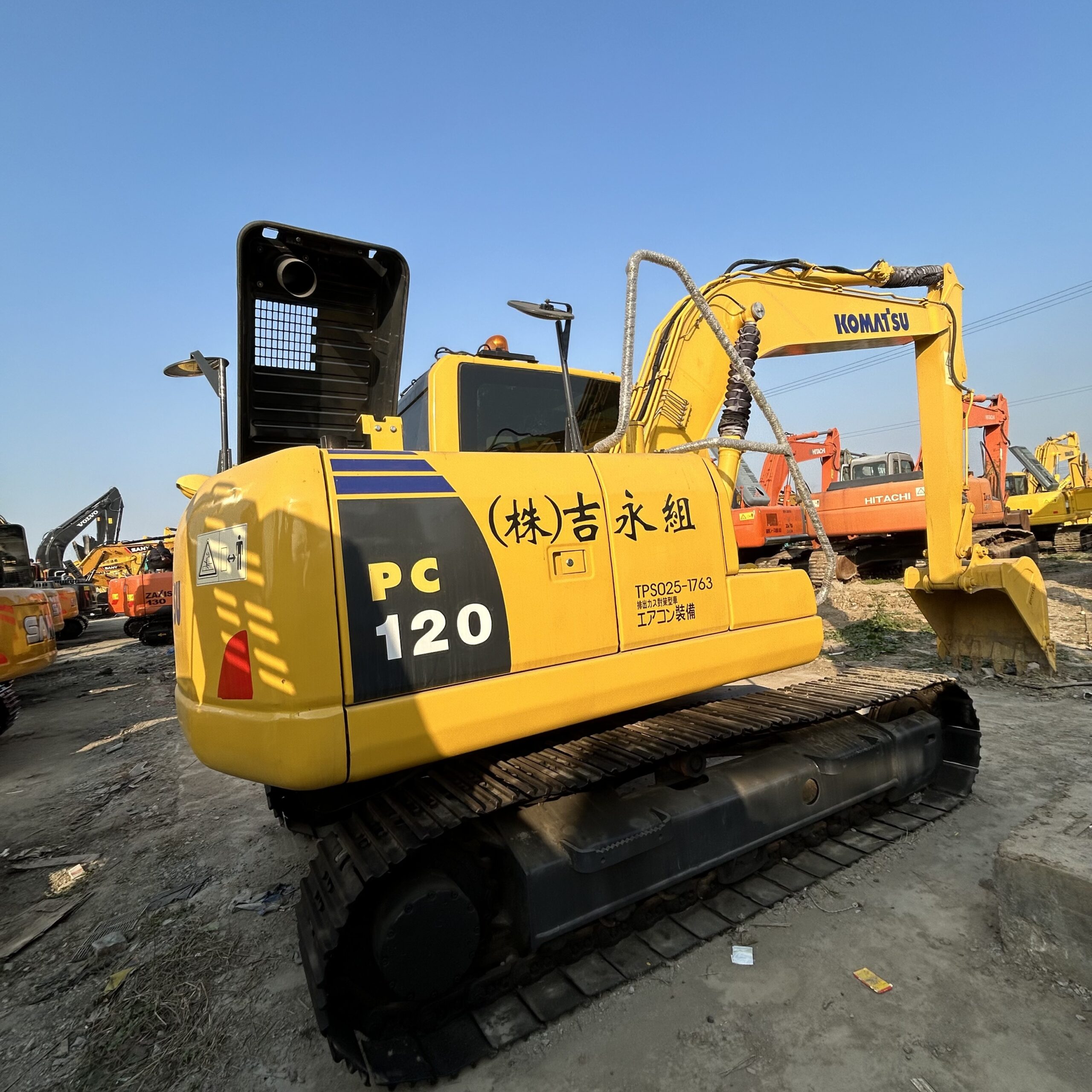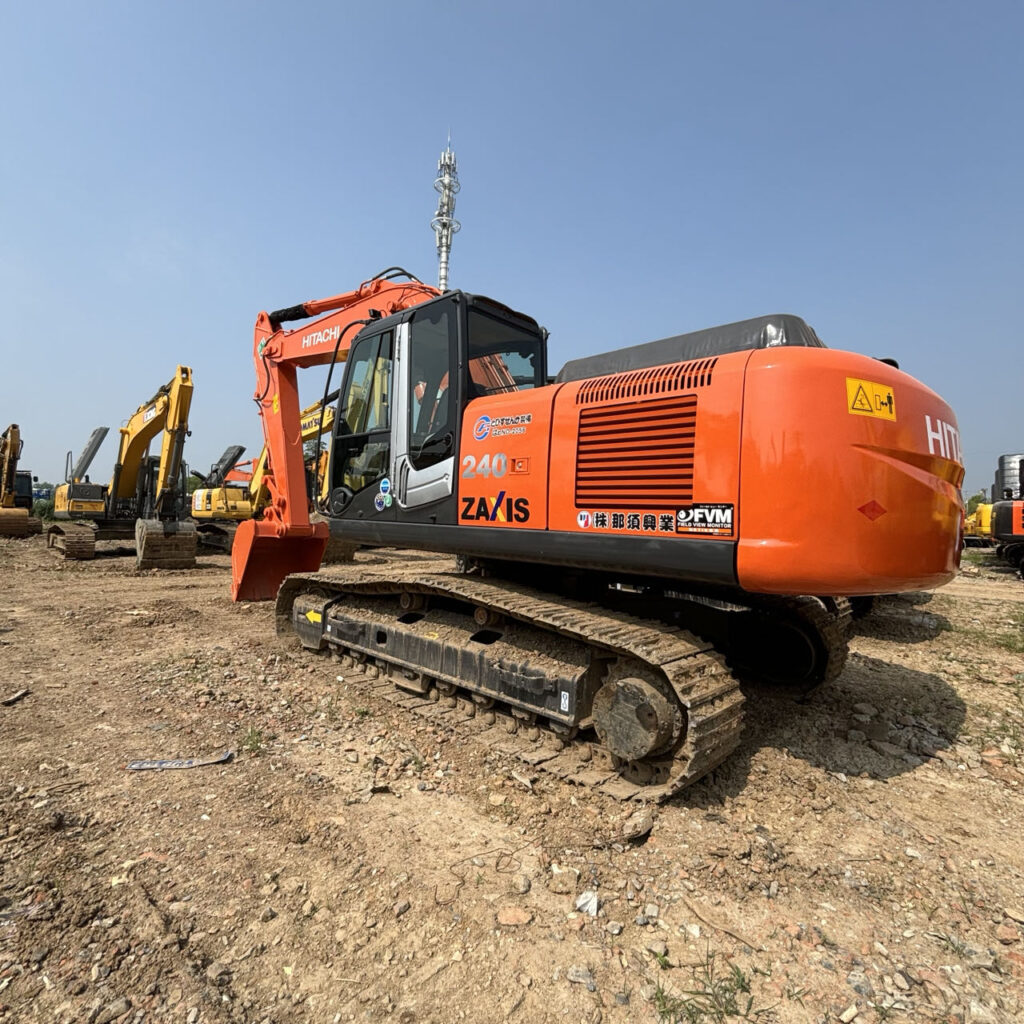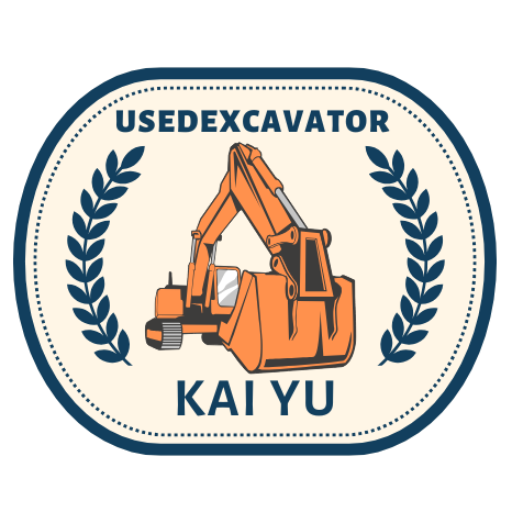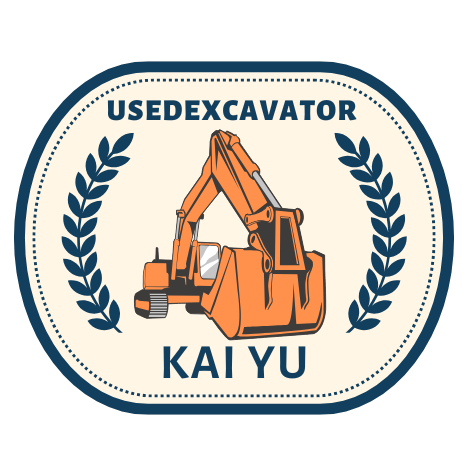The Ultimate Dilemma for Savvy Buyers
You’re in the market for a used excavator. Your project’s budget, timeline, and profitability depend on this critical decision. You’ve narrowed it down to two legendary Japanese brands: Komatsu and Hitachi. Both are renowned for their engineering excellence, reliability, and performance. But which one truly offers the better value for your specific needs and hard-earned money?
This isn’t just a question of preference; it’s a complex calculation involving initial purchase price, long-term operating costs, durability, and residual value. The debate of “Komatsu vs Hitachi” is one of the most common and passionate among construction professionals worldwide. Some operators swear by the raw power and ruggedness of a Komatsu, while others praise the smooth control and fuel-sipping nature of a Hitachi.
In this comprehensive guide, we will dissect these two industry giants from every angle. We will move beyond brand loyalty and marketing hype to deliver an objective, data-driven comparison. By the end, you will have a clear understanding of which used excavator brand—Komatsu or Hitachi—is the superior investment for your project’s success. Let’s dig in.
Chapter 1: A Legacy of Giants – Understanding the Heritage
Komatsu: The Unstoppable Force
Komatsu Ltd., founded in 1921, has grown into the world’s second-largest heavy equipment manufacturer. The name “Komatsu” means “small pine tree” in Japanese, but there’s nothing small about their global presence or their machines’ reputation. Komatsu is synonymous with brute strength, durability, and technological innovation. They are known for building machines that are over-engineered to withstand the most punishing conditions, from mining sites to heavy demolition. Their philosophy often prioritizes power and longevity above all else.

Hitachi: The Precision Engineer
Hitachi Construction Machinery, a subsidiary of the colossal Hitachi Ltd., entered the market later, in 1970, but quickly established itself as a top-tier player. Leveraging the vast R&D resources of its parent company, Hitachi excavators became famous for hydraulic system precision, operator comfort, and exceptional fuel efficiency. Hitachi’s approach is one of refined engineering, focusing on delivering maximum productivity with minimized waste—be it fuel, time, or effort.

Key Takeaway: Both brands have stellar reputations but stem from slightly different core philosophies: Komatsu is the rugged powerlifter, while Hitachi is the efficient marathon runner.
Chapter 2: Head-to-Head Comparison – The Key Metrics
To truly determine which brand offers better value, we must break down the comparison into critical, measurable factors.
1. Price and Initial Investment (CAPEX)
When purchasing used, the price landscape shifts dramatically based on model, year, hours, and condition. However, general trends emerge.
- Komatsu: Komatsu excavators often command a premium on the used market. A comparable model with similar hours and condition will typically be 5-10% more expensive than a Hitachi. This is a reflection of the perceived superior durability and the powerful Komatsu brand name, especially in mining applications.
- Hitachi: Hitachi machines generally offer a lower initial entry point. This makes them an incredibly attractive option for businesses looking to maximize their fleet size on a set budget or for those entering a new market.
Winner for Initial Cost: Hitachi. If your primary constraint is upfront capital expenditure, Hitachi usually provides a more accessible option.
2. Fuel Efficiency and Operating Costs (OPEX)
Fuel is one of the largest ongoing expenses for any excavator. This is where the brands diverge significantly.
- Hitachi: This is Hitachi’s crowning glory. Their TRIAS (Tri-Actuator System) and, more recently, the HIOS III (Hitachi Intelligent Operating System) hydraulic systems are marvels of engineering. They minimize hydraulic loss and deliver precise, efficient power exactly where and when it’s needed. In real-world side-by-side comparisons, Hitachi excavators consistently consume 5-15% less fuel than their direct competitors, including Komatsu.
- Komatsu: Komatsu is no slouch in efficiency. Their CLSS (Closed Center Load Sensing System) hydraulics are powerful and responsive. However, the focus has traditionally been on delivering high breakout force and speed, which can come at the cost of absolute fuel economy. Newer Komatsu models with EMMS (Equipment Management Monitoring System) and ECO modes have closed the gap considerably, but in the used market (especially for models older than 10 years), the fuel efficiency advantage leans towards Hitachi.
Winner for Fuel Efficiency: Hitachi. For high-hour applications like mass excavation or long-day contracting, the lifetime fuel savings of a Hitachi can be substantial, often outweighing a higher initial purchase price.
3. Maintenance Costs and Reliability
This is the core of the value proposition. A cheap machine that breaks down constantly is no bargain.
- Komatsu: Komatsu’s reputation for bulletproof reliability is well-earned. Their components, especially undercarriages and structures, are built to last. They are known for having longer intervals between major overhauls. While genuine Komatsu parts can be expensive, the machines’ robustness often means fewer unscheduled repairs.
- Hitachi: Hitachi machines are also exceptionally reliable. However, some models have known points of attention (e.g., certain hydraulic pumps or sensors on older models) that knowledgeable mechanics are aware of. Maintenance is generally straightforward, and parts availability is excellent globally. The complexity of their advanced hydraulic systems can sometimes lead to higher repair costs if a major failure occurs, but these failures are rare with proper maintenance.
Winner for Reliability: Draw. Both brands are top-tier in reliability. Komatsu might have a slight edge in absolute ruggedness, but Hitachi’s design excellence makes it equally dependable. The condition and service history of the specific machine you’re looking at are far more important than the generalized brand reputation.
4. Operator Comfort and Control
A comfortable operator is a productive and safe operator.
- Hitachi: Hitachi is often the undisputed winner in operator comfort. Their cabs are spacious, quiet, and ergonomically designed. The precise, smooth, and almost intuitive control of the hydraulics reduces operator fatigue and allows for finer grading and finishing work. This is a significant advantage on projects requiring precision.
- Komatsu: Komatsu cabs are also excellent and have improved dramatically over the years. However, the control feel is often described as more “direct” or “robust” rather than “silky smooth.” Some operators prefer this more mechanical feedback, feeling more connected to the machine’s power.
Winner for Operator Comfort: Hitachi. This is a key differentiator that can impact productivity and your ability to attract and retain skilled operators.
5. Resale Value and Depreciation
This is about protecting your investment down the line.
- Komatsu: The Komatsu brand’s strong reputation allows it to hold its value exceptionally well. The perceived durability and high demand, particularly in mining and heavy earthmoving, mean you can expect a higher percentage of your initial investment back when it’s time to sell.
- Hitachi: Hitachi also has strong resale value, but it typically doesn’t quite reach the premium of a Komatsu. However, a well-maintained Hitachi with full service records will still command a very strong price on the secondary market.
Winner for Resale Value: Komatsu. The “Komatsu premium” on purchase also translates to a “Komatsu premium” on resale.
Chapter 3: Application-Based Recommendations – Which Excavator for Your Job?
There is no single “best” brand. The best choice is the one that best fits your specific application.
For Mining and Heavy Quarry Work:
- Recommendation: Komatsu.
- Reasoning: The extreme abrasiveness and constant, brutal load cycles in mining demand ultimate structural integrity and power. Komatsu’s over-built nature, exemplified in models like the Komatsu PC400/800 series, makes it the industry standard. The higher initial cost is justified by extreme durability in the world’s toughest environments.
For General Construction, Roadwork, and Utilities:
- Recommendation: Hitachi.
- Reasoning: These projects involve varied tasks and long hours. The Hitachi ZX series (e.g., ZX210, ZX350) excels here. The superior fuel efficiency directly translates to lower daily operating costs. The exceptional comfort reduces operator fatigue over long shifts, and the precision is perfect for grading and trenching work.
For Demolition and Reclamation:
- Recommendation: Komatsu.
- Reasoning: The shock loads and unpredictable forces in demolition require a machine with an incredibly robust structure and strong hydraulics. Komatsu’s design philosophy is ideally suited to handle this punishment.
For Urban Construction and Landscaping:
- Recommendation: Hitachi.
- Reasoning: Precision is paramount when working near obstacles and utilities. The smooth, precise controls of a Hitachi mini or midi excavator (e.g., ZX70, ZX135) allow operators to work confidently in tight spaces. Lower noise and emissions are also a growing concern in urban areas.
Chapter 4: The Critical Factor: The Excavator’s History
With used excavator, the brand is often less important than the life it has lived. A neglected Komatsu is a money pit. A well-maintained Hitachi is a golden ticket. Always prioritize:
- Service Records: Complete and consistent records are worth their weight in gold.
- Inspection: Hire a third-party mechanic to inspect the undercarriage, hydraulic cylinders for scoring, engine hours vs. pump hours, and the structure for cracks or welds.
- Purpose: Was it used in a harsh mining application or a lighter civil engineering project?
Chapter 5: Why Choose a Certified Used Excavator from our Company?
The “Komatsu vs Hitachi” debate is ultimately about minimizing risk and maximizing value. This is where we provide the ultimate solution.
We eliminate the gamble of buying used. We don’t just source these machines; we meticulously recondition, certify, and back them with our warranty.
- Our Process: Every used Komatsu and Hitachi excavator undergoes a 300-point inspection. We rebuild critical components, replace all wear items (filters, fluids, seals), and repaint the machine to a like-new condition.
- Certification: Our “Certified Reconditioned” stamp means the machine meets our rigorous standards for performance and reliability. You get a detailed report of all work performed.
- Warranty & Support: We offer a comprehensive warranty on all certified machines. Our global parts and service network ensures you are never left waiting.
You don’t have to choose between a risky “good deal” and a bankrupting “perfect machine.” With our certified used excavators, you get the best of both worlds: the value of a used price with the peace of mind of a nearly new machine.
Have a specific project in mind? Our experts are here to help you navigate the choice and find the exact machine that will deliver the highest return on your investment.
[Contact Our Experts Today for a Free Consultation]
Conclusion: The Final Verdict
So, who wins the battle of Komatsu vs Hitachi?
- Choose a used KOMATSU if your primary work is in ultra-demanding applications like mining, your priority is maximum structural durability and resale value, and the highest initial purchase price is less of a concern.
- Choose a used HITACHI if you value lower daily operating costs through superior fuel efficiency, require exceptional operator comfort and precision for general construction, and need to maximize the size of your fleet within a set budget.
Both brands are exceptional and represent a wise investment. The “better value” is not inherent to the brand, but is defined by how well the machine’s strengths align with your project’s requirements and your business’s financial model.
Whether you choose Komatsu’s robust reliability or Hitachi’s efficient precision, purchasing certified pre-owned excavators through us is your best option. It allows you to avoid the inherent risks of used equipment while ensuring you get the best value.


